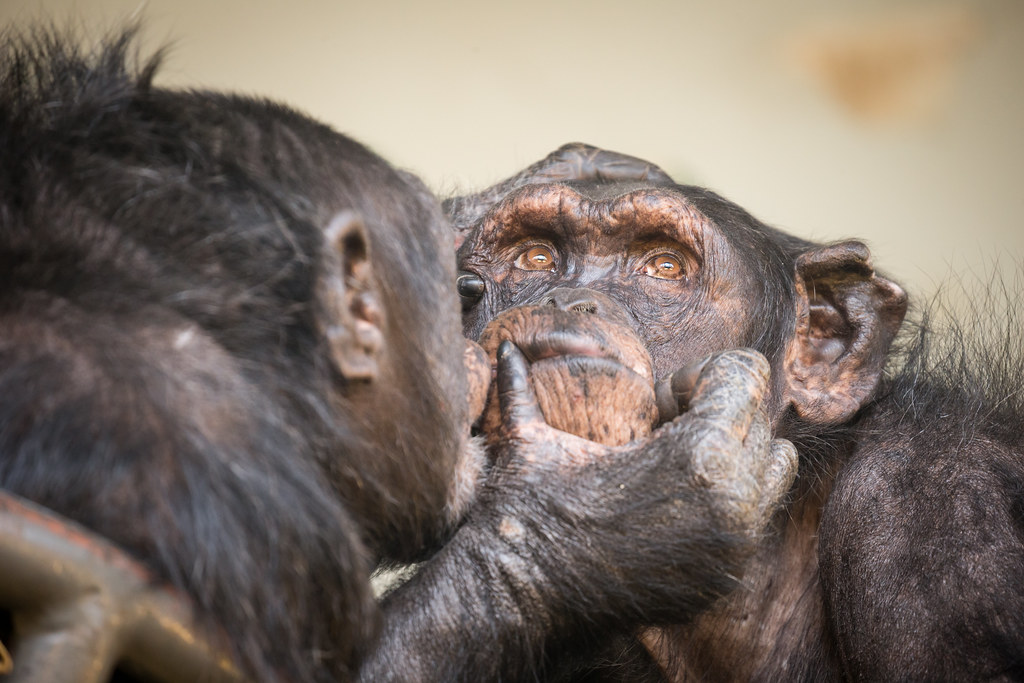Safaris on foot
Walking safaris are tours that transport visitors through the wilderness on foot to observe a variety of creatures, including birds, primates, plants, and many more. Despite being well-known for chimpanzee trekking, walking safaris in Kibale National Park are becoming more and more popular as a tourist attraction in Uganda. Visitors to Kibale National Park are particularly interested in the village and cultural tours in Kibale and the neighboring communities, as well as the natural walks in the forest and excursions to the crater area. The dry season, which runs from January to February or June to October to December, is the best time to go on a Kibale walking safari. Not only do the Kibale walking safaris offer you the chance to experience something different from the tour vehicle safaris, but they also give you a chance to stretch your legs and take in the stunning scenery.
Covering an area of roughly 770 square kilometers, Kibale National Park preserves a tropical evergreen forest. Although Kibale National Park is home to a variety of wildlife, its reputation as a top travel destination is mostly due to its primate population. On the African continent, Kibale National Park has the greatest number of primate species and overall population. With more than 1500 chimpanzees, Kibale National Park has remained the primate capital of the world even though the number of chimpanzees in many African forests is declining daily. For amazing chimpanzee activity in Kibale National Park, this is sufficient assurance.
The visitor center at Kanyanchu serves as the starting point for the Kibale walking safaris. The walking safari can be a nature walk in the Bigodi Wetland Sanctuary, a trip through the forest, or a walk to the Kibale and Ndali Kasenda Crater Lakes. The about 12-kilometer hiking track winds through a variety of environments in Kibale National Park, including marshes, open grasslands, and dense tropical woods.
You can view a variety of wildlife species throughout the forest trip, including tall trees with large buttress roots and climbing plants as large as enormous snakes. Numerous monkeys may also be seen in the trees. For instance, the blue colobus monkey, which is prevalent in the forest, as well as the black and white colobus monkeys, and, if you’re lucky, the red colobus monkey, can also be seen. Chimpanzees share approximately 985 percent of our DNA, so you can see many of them on the forest hike in the northern section of Kibale National Park and take numerous pictures of these closest friends of humans.
The Kibale Crater Area contains more than seven crater lakes, including Lake Nyabikere, Lake Kyaninga, and Lake Saka, among others. The crater lakes trip include going to the Kibale crater area. The crater lakes, surrounded by a ring of lush, green flora, offer the most picturesque views. From the crater lakes, you can see the moon’s mountains, also called Mount Rwenzori, and the dense Kibale forest beyond. Additionally, Kibale’s crater lakes offer a peaceful setting for picnics and filming. You can see a variety of birds on the Kibale Crater Lakes trek, including sunbirds, turacos, weavers, and other poultry.
Bigodi Swamp is the destination of another walking safari in Kibale National Park. The two- to three-hour Bigodi Wetland Walk is best done after hiking with chimpanzees in Kibale National Park. The Bigodi community manages the Bigodi Wetland Sanctuary project, and the funds raised from the Bigodi swamp walk are returned to the community for the purpose of building new infrastructure. More than 200 bird species can be seen at Bigodi Wetland Sanctuary, six of which are endemic to Bigodi and Magombe swamps. This is why the area is known as a birders’ paradise. Among the many birds you can see are the great blue turaco, also called the royal lover, purple-breasted sunbird, weavers, African pitta, Abyssinia ground thrush, kingfisher, cuckoos, hornbills, papyrus, and gonoleks.
The best time of year to plan a walking safari in Kibale National Park is during the dry season, when the routes are passable and the forest is clear enough to see animals and birds. For the best-tailored walking safaris in Kibale National Park, make reservations with a local tour operator.



